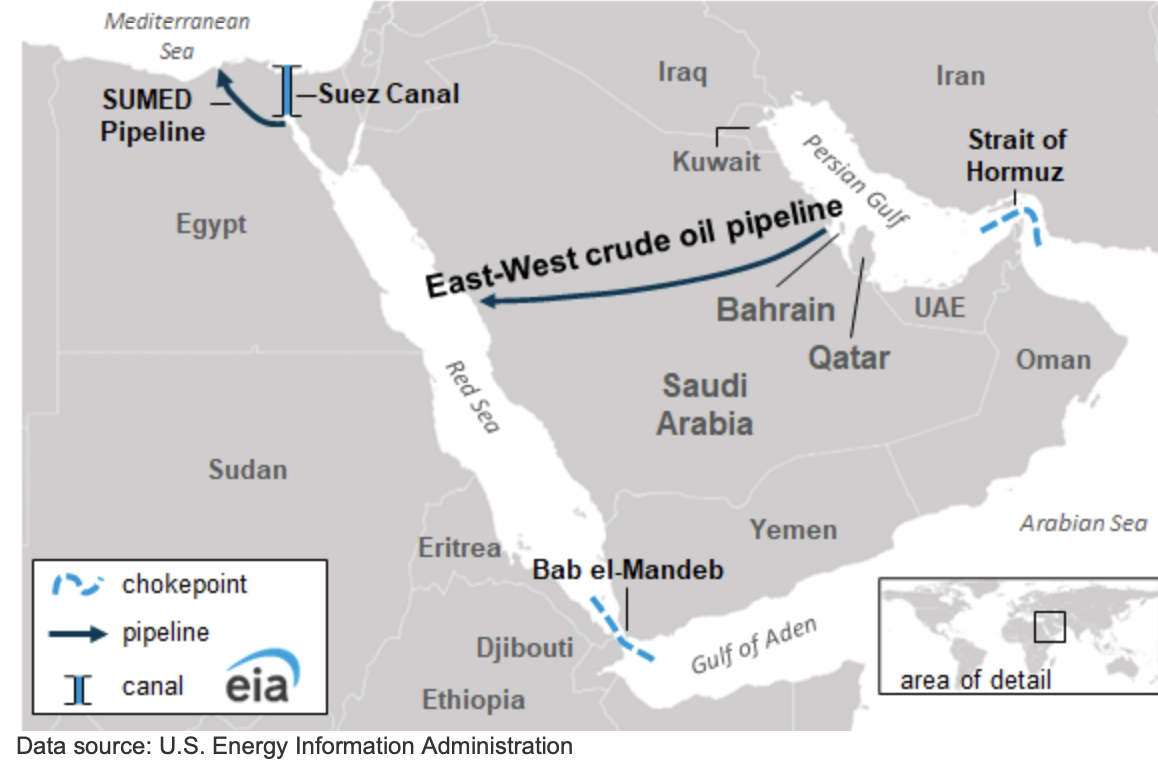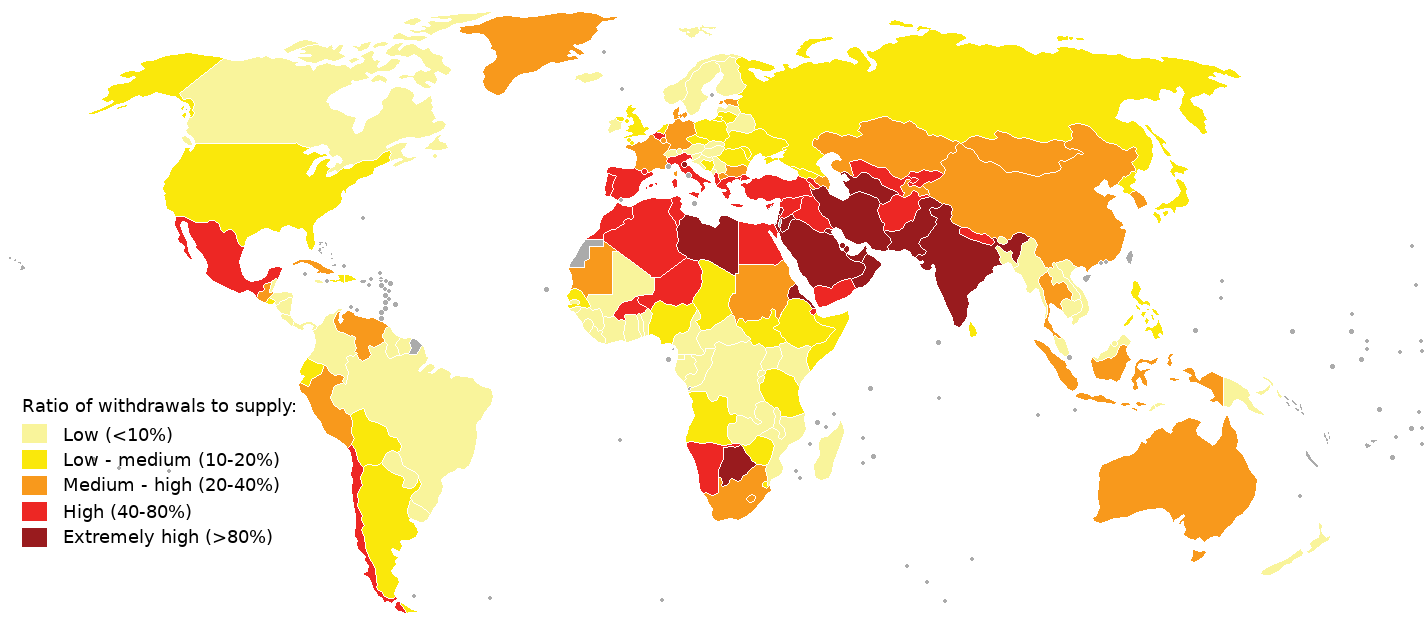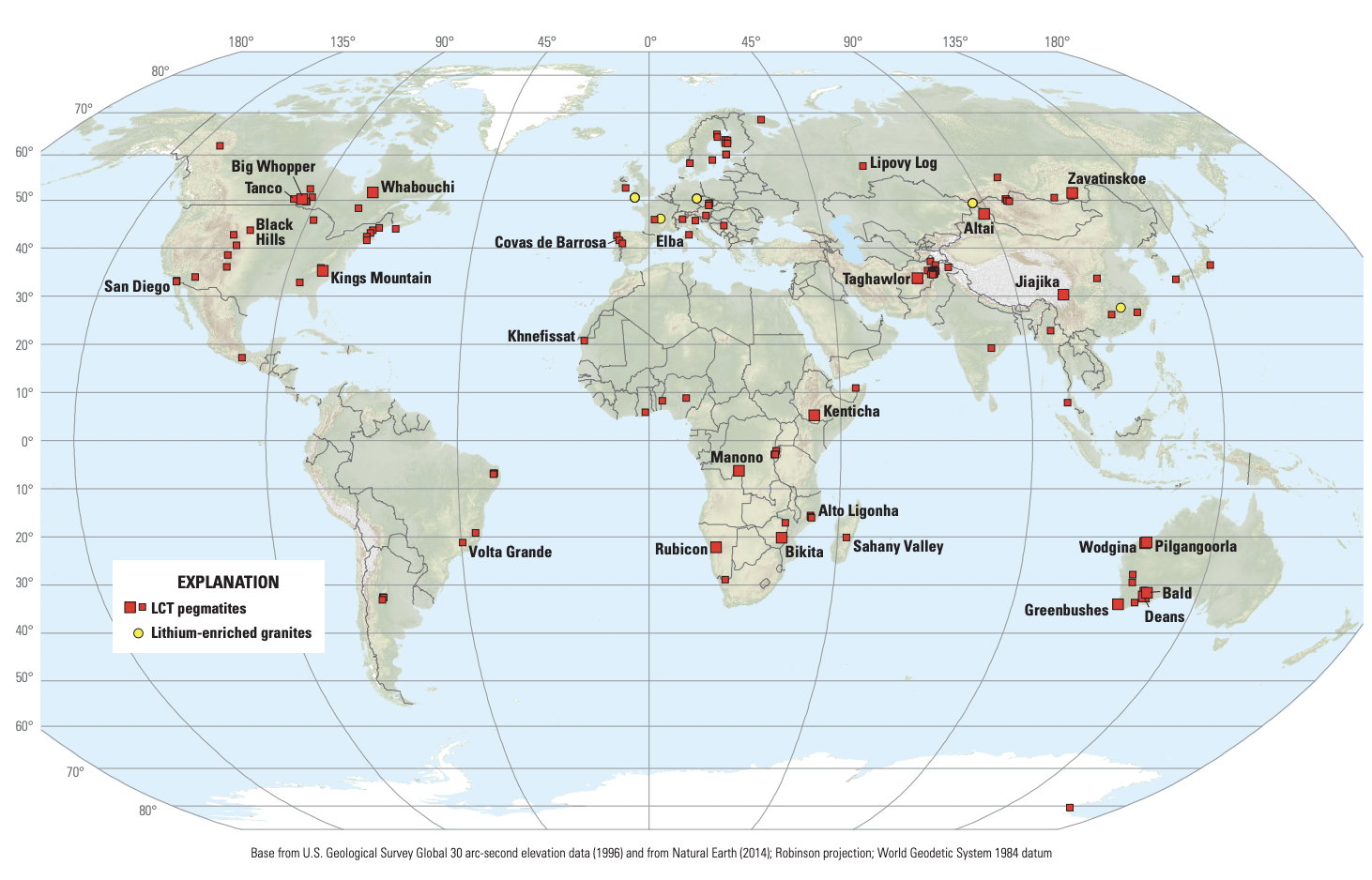IB Syllabus focus:
‘Security is long-term availability to meet demand. It varies across societies and depends on economic, sociocultural, political, environmental, geographic, technological and historical factors.’
Resource security is central to sustainable development. It concerns ensuring that natural resources are available to meet long-term demand, influenced by diverse economic, political, environmental, and social factors.
Defining Resource Security
Resource security refers to the long-term availability of natural resources—such as water, food, energy, and minerals—to meet the needs of present and future generations.
Resource Security: The assurance that sufficient natural resources are available over the long term to meet societal demand.
The concept emphasises more than just having physical reserves. It includes the ability of societies to access, distribute, and manage resources sustainably.
Determinants of Resource Security
The availability and security of resources vary greatly across societies due to a wide range of influencing factors.
Economic Factors
Wealth and investment capacity allow some nations to secure supplies through imports, infrastructure, or technology.
Poorer nations may rely heavily on local resources, making them vulnerable to scarcity or global price shifts.
Sociocultural Factors
Consumption patterns differ: high-income societies often consume disproportionately more energy, water, and food compared to lower-income regions.
Cultural preferences can increase pressure on particular resources (for example, diets reliant on water-intensive meat).
Political Factors
Government policies, trade agreements, and international relations can support or undermine secure access to resources.
Conflicts and corruption often disrupt supply chains and resource distribution.

Map of major oil transit chokepoints around the Arabian Peninsula, illustrating how narrow straits and limited alternative routes heighten geopolitical risk and import dependence. Such geographic bottlenecks are central to national resource security choices. Source.
Environmental Factors
Local availability depends on climate, ecosystems, and biodiversity.
Droughts, soil degradation, and natural disasters reduce security and can push societies toward unsustainable imports or extraction.

Global distribution of water stress highlighting regions where withdrawals approach or exceed renewable supplies, increasing vulnerability in food, water, and energy systems. The map supports analysis of environmental and geographic determinants of resource security. Source.
Geographic Factors
Natural endowment is uneven; some countries sit on rich oil reserves or fertile land, while others face geographic limitations.
Landlocked states may face higher transport costs for imports, affecting access.
Technological Factors
Innovations improve efficiency in resource use, such as desalination for water or precision farming for food.
However, high-tech solutions are often costly and unevenly distributed.
Historical Factors
Colonial legacies and past exploitation shape access to resources today.
Long-standing infrastructure and institutions affect how effectively societies manage their resources.
Resource Choices and Trade-offs
Societies make decisions on how to secure and manage their resources, often balancing short-term gains against long-term sustainability.
Renewable vs Non-renewable Choices
Reliance on renewable resources (forests, fisheries, fresh water) requires careful management below regeneration rates.
Overuse effectively transforms renewable resources into non-renewable stocks.
Domestic vs Imported Resources
Some societies depend on domestic supplies, while others secure imports.
Imports may diversify supply but increase dependency on international stability.
Efficiency and Conservation
Improving efficiency in energy, food, and water systems reduces demand pressure.
Conservation strategies lower vulnerability and extend the life of finite resources.
Risks of Insecurity
Lack of resource security can have major social, economic, and environmental consequences.
Economic disruption: rising costs, inflation, and reduced competitiveness.
Social tension: inequalities in access to food, water, or energy can drive unrest.
Environmental damage: overexploitation of fragile ecosystems to meet demand.
Geopolitical conflict: disputes over oil, water, and minerals often intensify regional instability.
Pathways to Improve Resource Security
Societies adopt multiple strategies to strengthen long-term security:
Demand Reduction
Promoting sustainable consumption through education and incentives.
Policies supporting reduced waste and more efficient technologies.
Supply Enhancement
Expanding domestic production (e.g., renewable energy development).
Investing in infrastructure to increase storage, irrigation, or recycling.
Technological Shifts
Transitioning to renewable energy sources reduces dependence on finite fossil fuels.
Biotechnology in agriculture can increase yields and reduce water use.
International Cooperation
Shared management of transboundary resources, such as river basins, builds resilience.
Global agreements on climate change or biodiversity directly impact long-term security.
Layers of Inequality in Resource Security
Resource security is not equally experienced:
High-income nations: often secure supplies via imports, advanced technology, and political influence.
Low-income nations: face disproportionate insecurity due to weaker economies, limited infrastructure, and dependence on climate-sensitive resources.
Indigenous communities: frequently experience exclusion from decision-making, despite having sustainable management practices.
Changing Perspectives
Over time, societal values and priorities shift, altering perceptions of security:
Transition from coal to renewable energy highlights changing technological and environmental values.
Rising demand for lithium and cobalt reflects global emphasis on batteries and green technologies.

World map of selected lithium pegmatites and granites, indicating where key battery mineral resources are concentrated and how geography can influence supply security. While broader than the syllabus example, the map directly supports analysis of technology-driven resource choices. Source.
Historical overreliance on single resources, such as whale oil or fossil fuels, demonstrates the risks of ignoring long-term security.
FAQ
Short-term availability refers to whether a society can access a resource immediately, such as through imports or reserves. It is often influenced by market supply and demand.
Long-term resource security focuses on sustainable access over decades or generations. It accounts for regeneration rates, geopolitical stability, technological changes, and environmental resilience.
Trade improves security by diversifying supply sources, lowering dependency on local resources, and stabilising access during shortages.
However, it can weaken security by creating dependence on unstable regions, exposing societies to price volatility, and generating inequalities between nations with more or less trade power.
Historical events shape access and control.
Colonial extraction left some nations dependent on exporting raw resources with limited domestic benefits.
Long-standing infrastructure (like irrigation systems) can strengthen security, while neglect or degradation reduces resilience.
Past decisions often lock societies into certain resource dependencies or vulnerabilities.
New technologies can:
Increase efficiency (e.g., drip irrigation reducing water use).
Unlock previously inaccessible resources (deep-sea drilling, desalination).
Create new dependencies, such as rare earth elements for electronics.
Thus, technology can improve security while also introducing fresh risks.
Cultural traditions and preferences affect consumption patterns. For example:
Societies valuing meat-based diets place higher pressure on water and land resources.
Some cultures emphasise conservation or sacred landscapes, limiting exploitation.
These values shift over time, influencing both demand levels and the kinds of resources prioritised.
Practice Questions
Question 1 (2 marks)
Define the term resource security and explain why it is important for societies.
Mark scheme:
1 mark for a correct definition: Resource security is the assurance that sufficient natural resources are available over the long term to meet societal demand.
1 mark for stating importance: e.g., essential for meeting present and future needs, ensuring sustainability, or avoiding economic/social instability.
Question 2 (5 marks)
Discuss how at least three factors influence differences in resource security between societies.
Mark scheme:
Up to 5 marks:
1 mark for identifying each relevant factor (economic, sociocultural, political, environmental, geographic, technological, historical) – max 3 marks.
1 mark for explaining how each identified factor affects security (e.g., wealth allows imports; drought reduces local availability; political instability disrupts supply).
1 additional mark for providing an overall link to why these factors lead to variation between societies.
Maximum: 5 marks.

